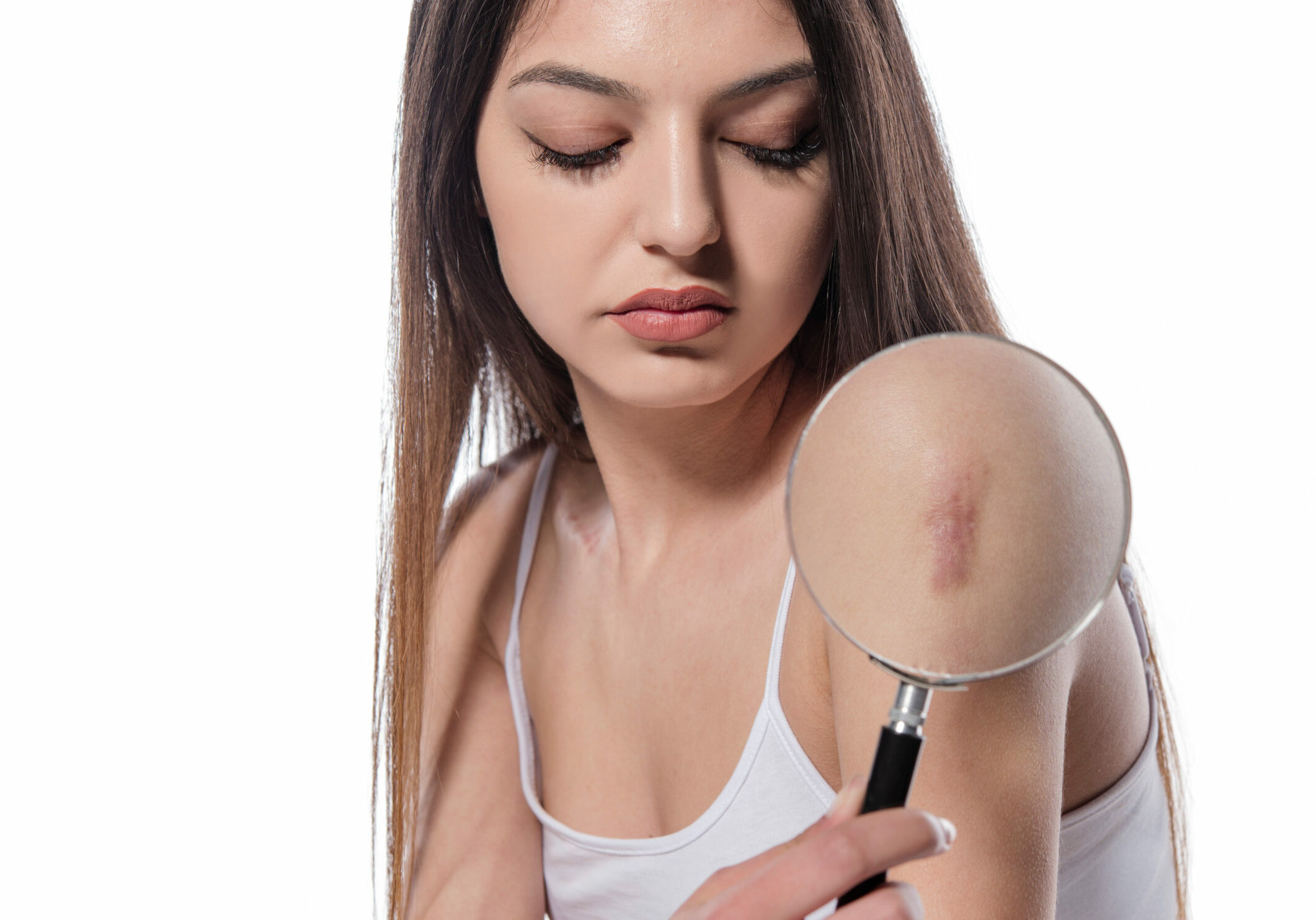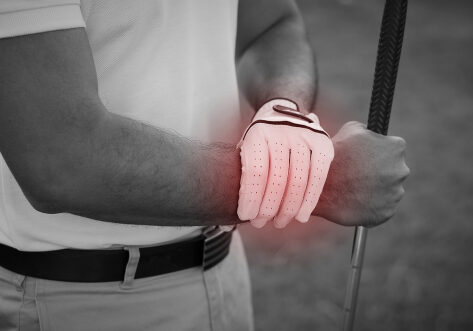The 3 Stages of Graded Motor Imagery
We’ve all heard of mirror box therapy, but do you know the details of how it works? There’s actually 3 stages involved that exercise the brain and take advantage of its plasticity. There is a great deal of evidence supporting these three stages and you can use them with confidence. It should be noted that all 3 stages must be used in sequence to be effective.
Stage 1: Laterality
Laterality is the ability to identify if a body part as being left or right sided when shown an image of the body part. For example if a patient is experiencing pain in their hand, you would show them pictures of hands and have them identify if the hand shown is a left hand or a right hand. This is important for recovery from pain and improved mind-body awareness. Limb laterality recognition activates premotor (association) cortices, not the primary motor cortex. This is a precursor to the other two steps and prepares the brain for further association processes.
Images of left and right hands can be presented to the patient on flashcards, online, or through free Apps on your phone (orientate). The more the better.
Stage 2: Explicit Motor Imagery
This stage involves imagining movements without actually moving. Much like an athlete envisioning the movements before they do them, your patient will imagine movements of the affected hand without moving it. This activity activates the premotor cortex as well as the motor cortex, allowing the basis for graded motor imagery progression. Mirror neurons in the brain are a clear target during this activity. For example you might ask your patient to imagine their hand doing a specific activity or to imagine manipulating a certain object. Visualization of motor movements without pain improves the body’s ability to move in the same pattern without perceived pain.
Stage 3: Mirror Therapy
The final stage is to use a mirror to present the reverse image of a limb to the brain, thus “tricking” the brain. Some common mirror progressions may include:
- Looking at the hand
- Turning the hand up and down via the arm
- Flatten the hand
- Move individual fingers
- Thumb to fingers
- Tapping fingers
- Tool usage
A lot of research has been done to show the effectiveness of graded motor imagery on CRPS. You may also find this technique to be useful for stroke patients, phantom limb pain, and other neurologically based phenomena.
You can check out our video “How to Make a Mirror Box” for details on making a low cost mirror box for your clinic.
More To Read
Article Review: Use of Paper Tape for Scars
Use of Paper Tape for Scars (What is scar tape?) O’Reilly, S, Crofton, E., Brown, J., Strong, J., & Ziviani, J. (2021). Use of tape for the management of hypertrophic scar development: A comprehensive review. Scars, Burns & Healing, 7, 1–17 DOI: 10.1177/20595131211029206 The Skinny The authors looked to do a review of the current literature…
Read MoreWhich is better for DeQuervain’s: Splinting or Injection?
Rapid Review Cavaleri, R., Schabrun, S. M., Te, M., & Chipchase, L. S. (2016). Hand therapy versus corticosteroid injections in de Quervain’s disease treatment: A systematic review and meta-analysis. Journal of hand therapy: official journal of the American Society of Hand Therapists, 29(1), 3–11. https://doi.org/10.1016/j.jht.2015.10.004 The Skinny: DeQuervain’s Tenosynovitis is a stenosing tenosynovial inflammation affecting the…
Read MoreUltrasound use for reducing pain: Does it work?
Ilter, L., Dilek, B., Batmaz, I., Ulu, M.A., Sariyildiz, M.A., Nas, K., & Cevik, R. (2015). Efficacy of pulsed and continuous therapeutic ultrasound in myofascial pain syndrome: A randomized controlled study. American Journal of Physical Medicine & Rehabilitation, 94(7), 547-554. https://doi.org/10.1097/PHM.0000000000000210 Review by: Megan Prather The Skinny- Ultrasound hand therapy – ultrasound has been determined…
Read MoreSign-up to Get Updates Straight to Your Inbox!
Sign up with us and we will send you regular blog posts on everything hand therapy, notices every time we upload new videos and tutorials, along with handout, protocols, and other useful information.





